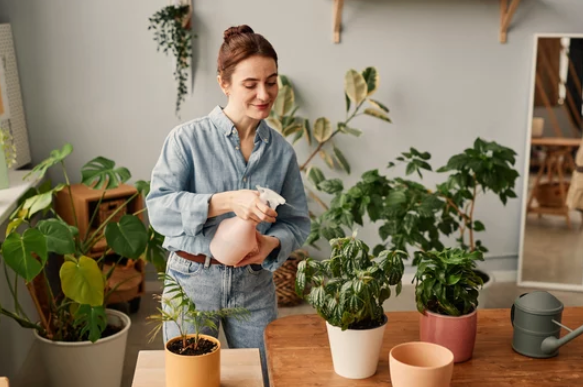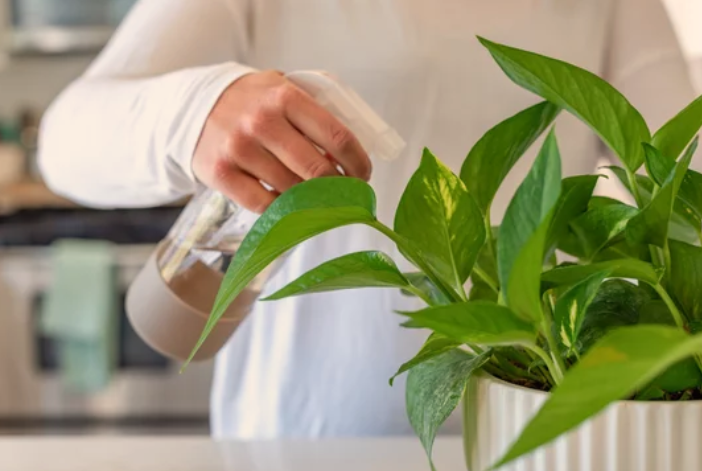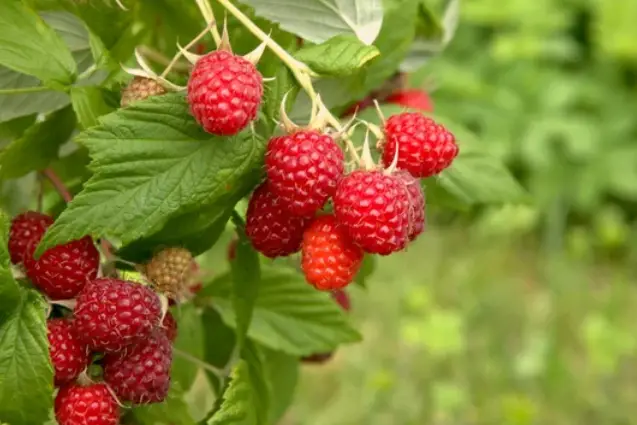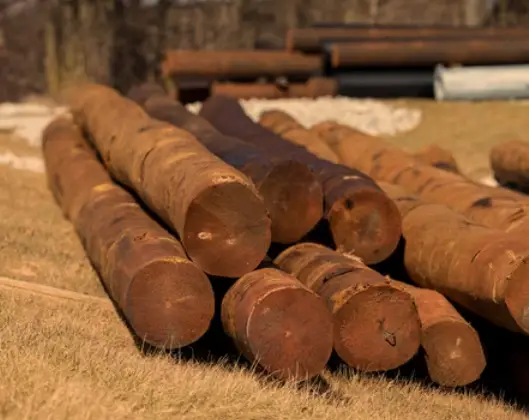How To Designing Your Water Plants Container Garden
Water Plants Container Garden.
When it comes to gardening, most people conjure up images of lush green lawns, blooming flower beds, and neatly arranged vegetable plots.
However, there’s a unique and enchanting world of gardening that often goes overlooked:
water plants in container gardens.
Container gardening is a versatile and space-saving way to bring the serenity of aquatic flora into your own backyard or balcony.
So, we will into the fascinating world of water plants in container gardens, exploring the benefits, essential components, and practical tips to create your very own aquatic oasis.
The Benefits of Water Plants in Container Gardens

- Enhanced Aesthetic Appeal: Water plants add a touch of elegance and tranquility to your outdoor space. The shimmering surface of the water reflects the sky and surrounding plants, creating a visually pleasing ambiance that can instantly transform any garden or patio.
- Stress Reduction: The gentle sounds of water and the soothing colors of aquatic plants can have a calming effect on your mind. Watching fish swim among the water plants or observing dragonflies landing on lily pads can be a meditative experience.
- Biodiversity: Water gardens attract a variety of wildlife, from frogs and toads to birds and insects. These ecosystems support local biodiversity and contribute to a healthier environment.
- Space Efficiency: Unlike traditional in-ground ponds, container gardens allow you to enjoy the benefits of water plants even if you have limited space. They can be placed on a small balcony, terrace, or patio, making them accessible to urban dwellers.
Essential Components for a Water Plant Container Garden

- Container Selection: The first step in creating a water plant container garden is choosing the right container. Opt for large pots, whiskey barrels, or specialized containers designed for water gardening. Make sure your container is watertight and holds an adequate amount of water.
- Aquatic Soil: Unlike regular garden soil, aquatic plants need a specialized mix. Aquatic soil is heavy, helping to anchor plants in the container, and it contains few nutrients, which is essential for the health of your aquatic plants.
- Water Plants: Select a variety of water plants to create a balanced ecosystem. Consider including floating plants like water lilies, submerged plants like anacharis, and marginal plants like cattails. Different plant types serve various functions and create a visually appealing garden.
- Water Quality: The quality of water in your container garden is crucial. It’s essential to maintain a balance of pH levels and ensure the water doesn’t become stagnant. You can use a small pump or aerator to keep the water oxygenated and prevent mosquito breeding.
- Fish and Wildlife: If you desire more life in your water garden, consider adding fish like goldfish or koi. They not only add a vibrant element but also help control mosquito larvae and algae.
- Lighting: Adequate sunlight is essential for the growth of aquatic plants. Place your container garden in a location that receives at least 6 hours of direct sunlight per day.
Practical Tips for Maintaining a Water Plant Container Garden
- Regular Maintenance: Like any garden, water plant container gardens require maintenance. Remove dead leaves, control algae growth, and ensure that your plants receive the necessary nutrients.
- Protection from Frost: If you live in an area with cold winters, make sure to protect your container garden from frost. Move it to a sheltered location or consider bringing it indoors during the winter months.
- Fertilization: Use a slow-release aquatic fertilizer to provide your water plants with essential nutrients. Be cautious not to over-fertilize, as it can lead to excessive algae growth.
- Trim and Prune: Keep an eye on the growth of your water plants and trim them as needed. Pruning helps maintain a balanced ecosystem and ensures that your garden doesn’t become overcrowded.
Designing Your Water Plants Container Garden
Designing your water plant container garden is an exciting creative process.
The arrangement of your aquatic plants can significantly impact the overall aesthetic and functionality of your garden.
Consider these design tips to make the most of your space:
Thrillers, Fillers, and Spillers:
Just like in traditional container gardening, the concept of “thrillers, fillers, and spillers” can be applied to water gardens.
Thrillers are the focal point, typically tall plants like water lilies.
Fillers are mid-sized plants that add fullness and color, such as lotus or water hyacinths.
Spillers, such as creeping Jenny or watercress, cascade over the edge of the container, softening the visual impact.
Color Schemes:
Carefully consider the colors of your water plants. Monochromatic schemes create a calm, serene atmosphere, while complementary colors can add a vibrant and dynamic element to your garden. For instance, pairing blue water lilies with yellow or orange marigolds can create an eye-catching contrast.
Pond Decor:
In addition to your water plants, you can enhance the aesthetics of your container garden with decorative elements.
A small statue, ornamental rocks, or floating candles can add a touch of personal style to your water feature.
Edible Water Gardens:
If you’re looking to combine aesthetics and functionality, consider edible water gardens.
Plants like watercress, water chestnuts, and even edible water lilies can be both beautiful and a source of fresh, home-grown produce.
Common Issues
Despite the serene beauty of water plant container gardens, they can face their fair share of challenges. Here’s how to address some common issues:
Algae Blooms:
Algae can quickly become a nuisance.
To combat algae, provide shade, reduce excess nutrients, and ensure water circulation.
You can also add barley straw or algaecides, but use them with caution.
Mosquito Infestations:
Stagnant water can become a breeding ground for mosquitoes.
Prevent this by using a pump or aerator to keep the water moving.
Also, introduce mosquito-eating fish like gambusia or top-feeding fish like goldfish, which consume mosquito larvae.
Overcrowding:
As your plants grow, you might face overcrowding.
Thin out the plants as needed, remove dead or decaying vegetation, and repot them to maintain a balanced ecosystem.
The Joy of Water Plant Container Gardening
Water plants in container gardens offer a unique gardening experience.
The gentle ripples of water, the vibrant colors of aquatic flora, and the subtle melodies of a small fountain or bubbling pump can create a peaceful, meditative environment that’s perfect for relaxation, reflection, or simply enjoying a book by the water’s edge.
Furthermore, the connection to nature, the attraction of local wildlife, and the potential for unique and artistic expressions of creativity make water gardens an exciting addition to any gardening repertoire.
They provide a sanctuary for both gardeners and the creatures that call these watery realms home.
Wrap Up
Finally, water plant container gardens are a remarkable synthesis of nature, science, and art.
Whether it’s a large garden or a little urban balcony, they add peace and beauty to any outdoor area.
Your water garden may become a flourishing oasis, a work of art, and an everlasting source of inspiration with careful planning, smart design, and little maintenance.
So why not start this unusual gardening trip and use the allure of water plants in container gardens to turn your outside space into a peaceful oasis?








